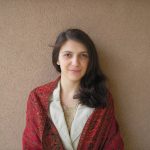
A popular destination with locals and travelers alike, Jajce has far more to offer than its renowned 20-meter high waterfall. Sara Velaga and Ognjen Todorović explore some of the city’s sights beyond the beaten tourist trail.
Jajce is a town in Central Bosnia-Herzegovina known for holding the second conference of the Anti-Fascist Council for the National Liberation of Yugoslavia (AVNOJ), but also for other cultural features. It is described as a blend of modern and traditional. Despite all this, today Jajce is “alive” only during the summer when tourists come to visit its sights.
Aside from recognizable places, we found some hidden ones that are unknown to many. One of them is the City Gallery, located in old Kršlak house, on the road to the Fortress. The exact date of the construction of Kršlak house is unknown, but the brickwork style suggests it was in the eighteenth century. Paintings of Jajce’s painters, made during their stay in the town, are part of a permanent art exhibition in the gallery. Other than paintings, sculptures of Duško Rakita, a local sculptor, also make up part of the permanent exhibition. The City Gallery’s activities also include drawing and painting schools and art colonies.
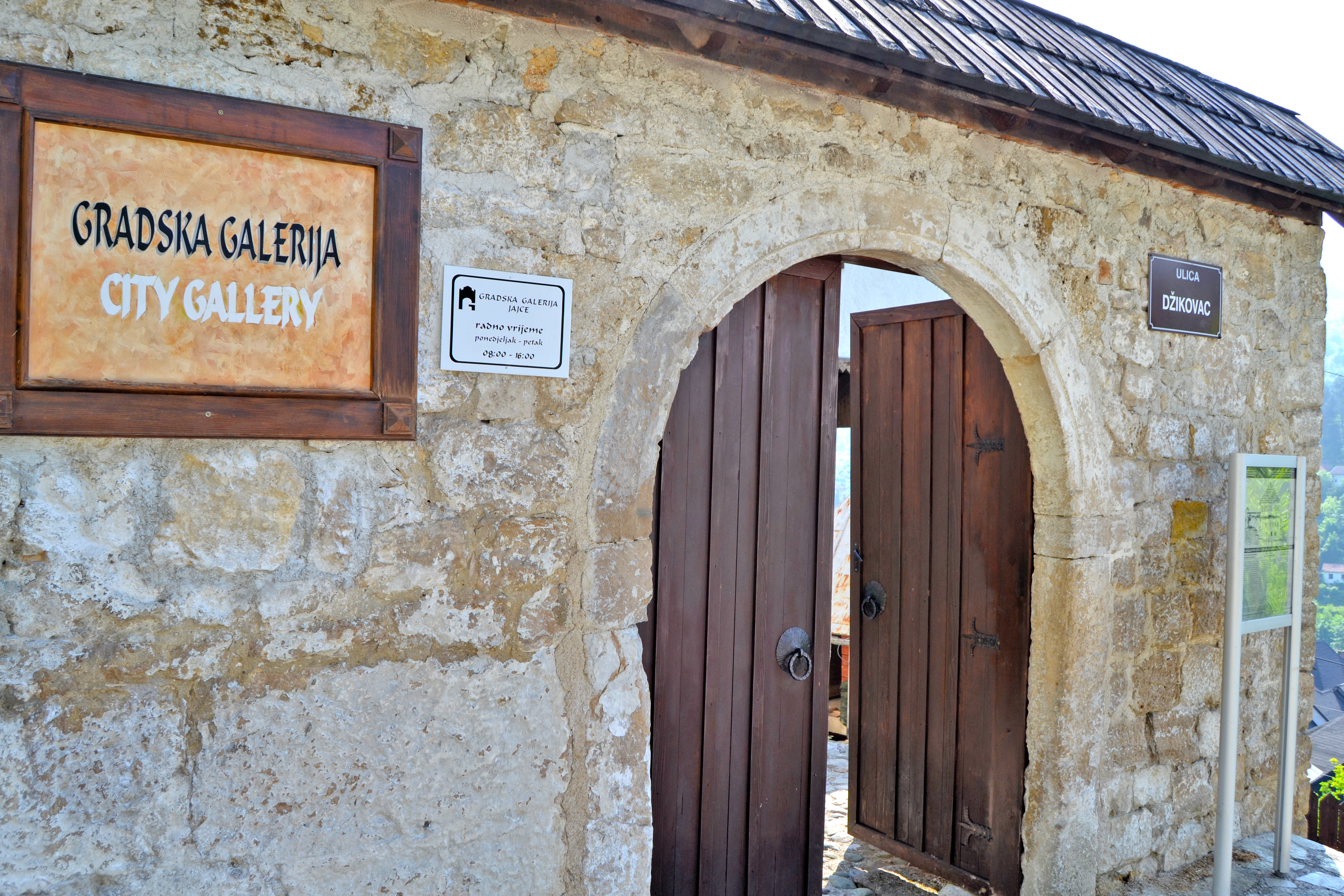
A monument of Nikola Šop is the next attraction that testifies about cultural and art tradition in Jajce. It was erected in 2005 on the 100th anniversary of the birth of the famous poet Nikola Šop. It is located near the town center and represents a symbol of acknowledgement and respect for the very rich opus of this poet. Nikola Šop was born in Jajce in 1904, and he is one of the most interesting Croatian poets of the region in the interwar period.
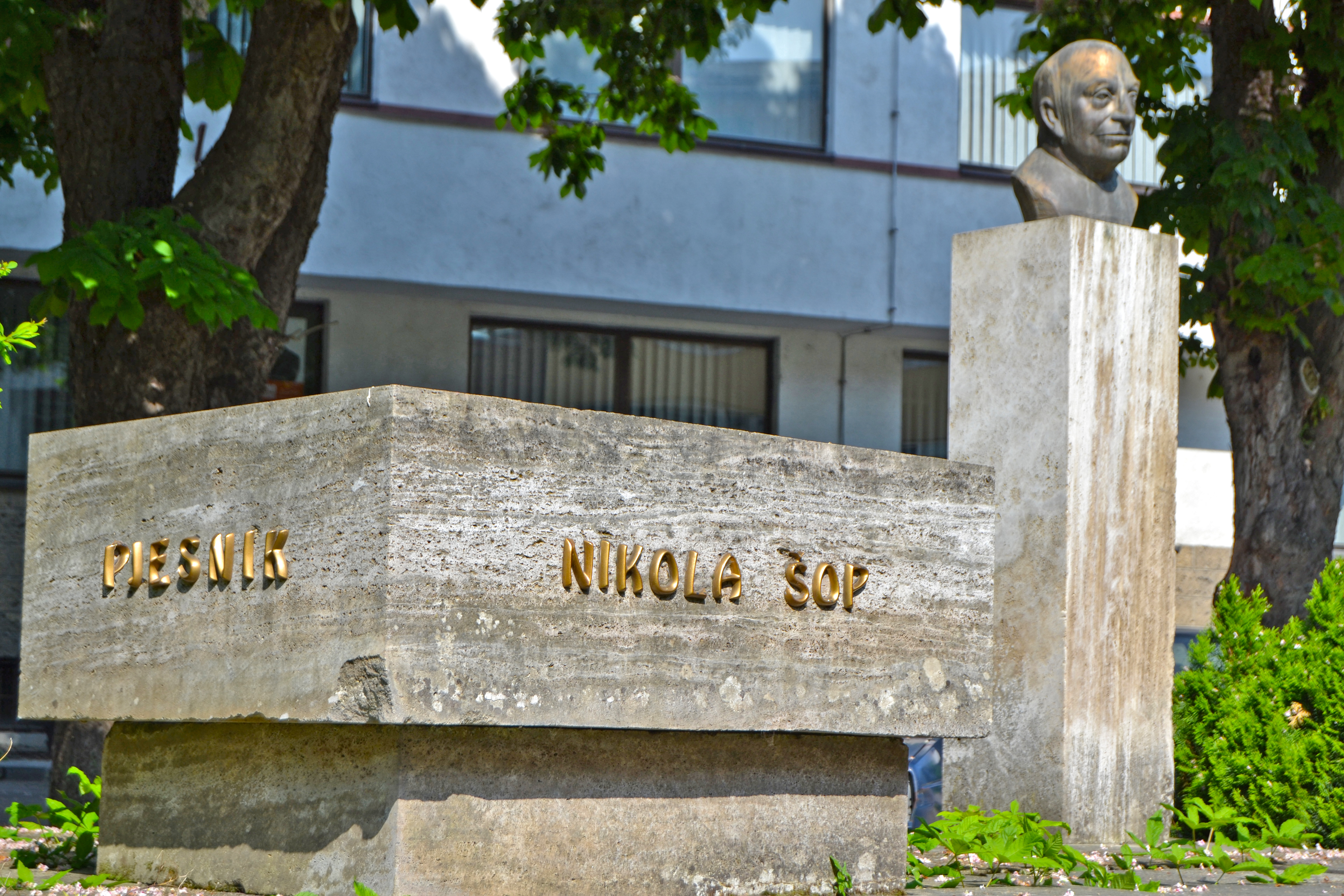
A unique and rare example in Jajce is the Temple of God Mithras – the Indo-Iranian deity of sun and light. According to his followers’ beliefs, Mithras provides courage to people, peace to countries, protects the righteous, promises thrones to emperors and victories to soldiers. He is the protector of contracts, alliances and friendship. The cult of the undefeatable God of Sun – Mithras – was widespread in all provinces of the Roman Empire, including Dalmatia, which contained most of today’s Bosnia. There are three small sacrifice altars and a headless statue of Cautopates. It is the only example in Bosnia where there are two free Mithraic sculptures next to the depiction of Dadophorus (light-bearer) on the embossment. It is assumed, according to uncovered coins, lamp types and fibula, that the temple was built in the beginning of fourth century.

Many are unaware that there is a hydrometeorological station in Jajce. The history of meteorological service in Bosnia dates back to the 1880s, during Austro-Hungarian occupation. The military set up stations in Sarajevo, Mostar and Tuzla. They were second-class meteorological stations. Afterwards, the government organized a dense network of stations in Bosnia. There were 68 third-class stations, and one of them was this one in Jajce, still located near the Fortress and providing valid data on weather.
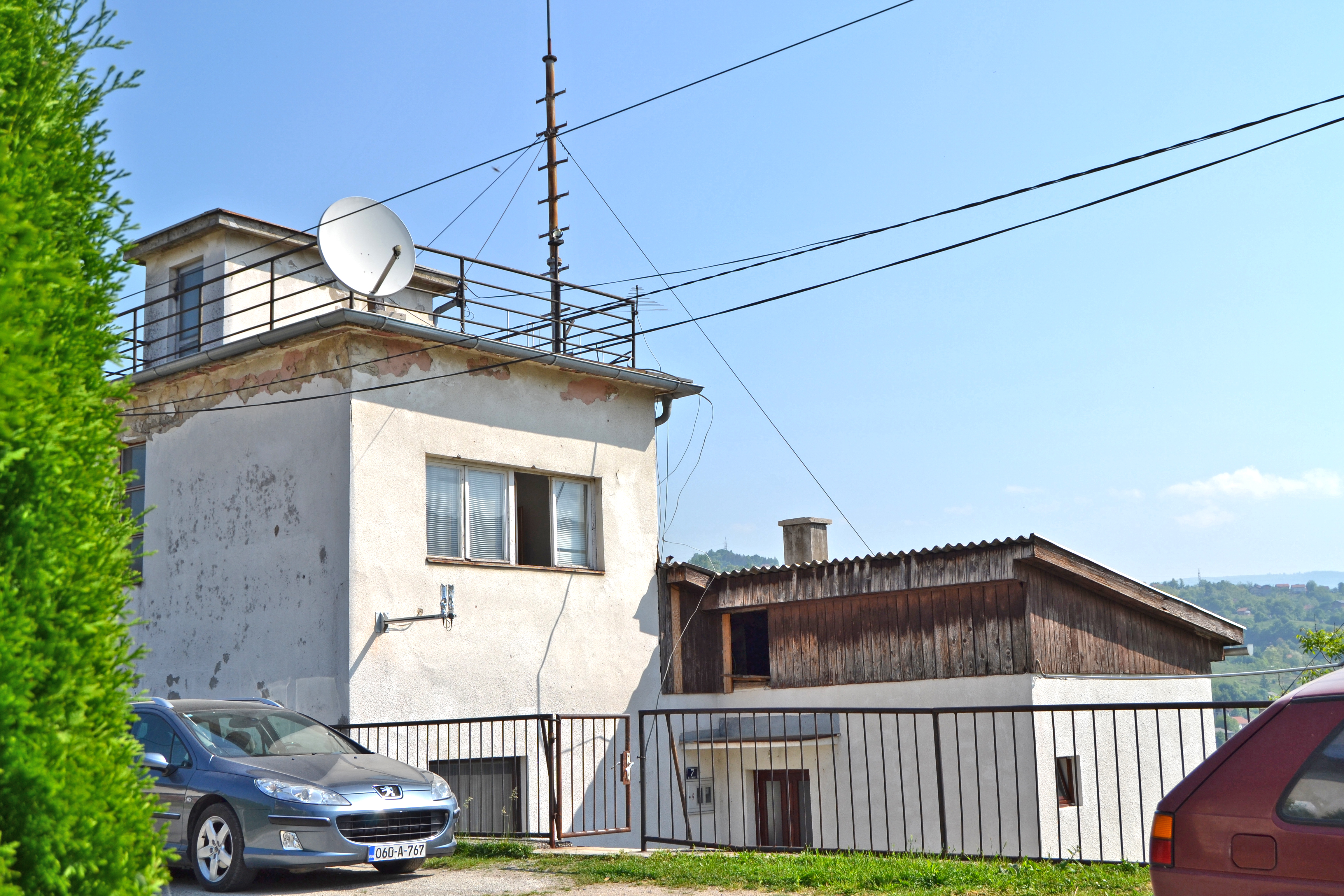
From the Fortress towards the Pliva and Vrbas Rivers, defense walls were built with Bear Tower and Travnik Gate in the eastern wall, and Grand Fortress, Džikovac Tower, Papaz Tower, Banja Luka Gate and Šamić Fortress in the western wall. Papaz Tower was used as a sentry tower on the northern wall in town’s defense during the war.
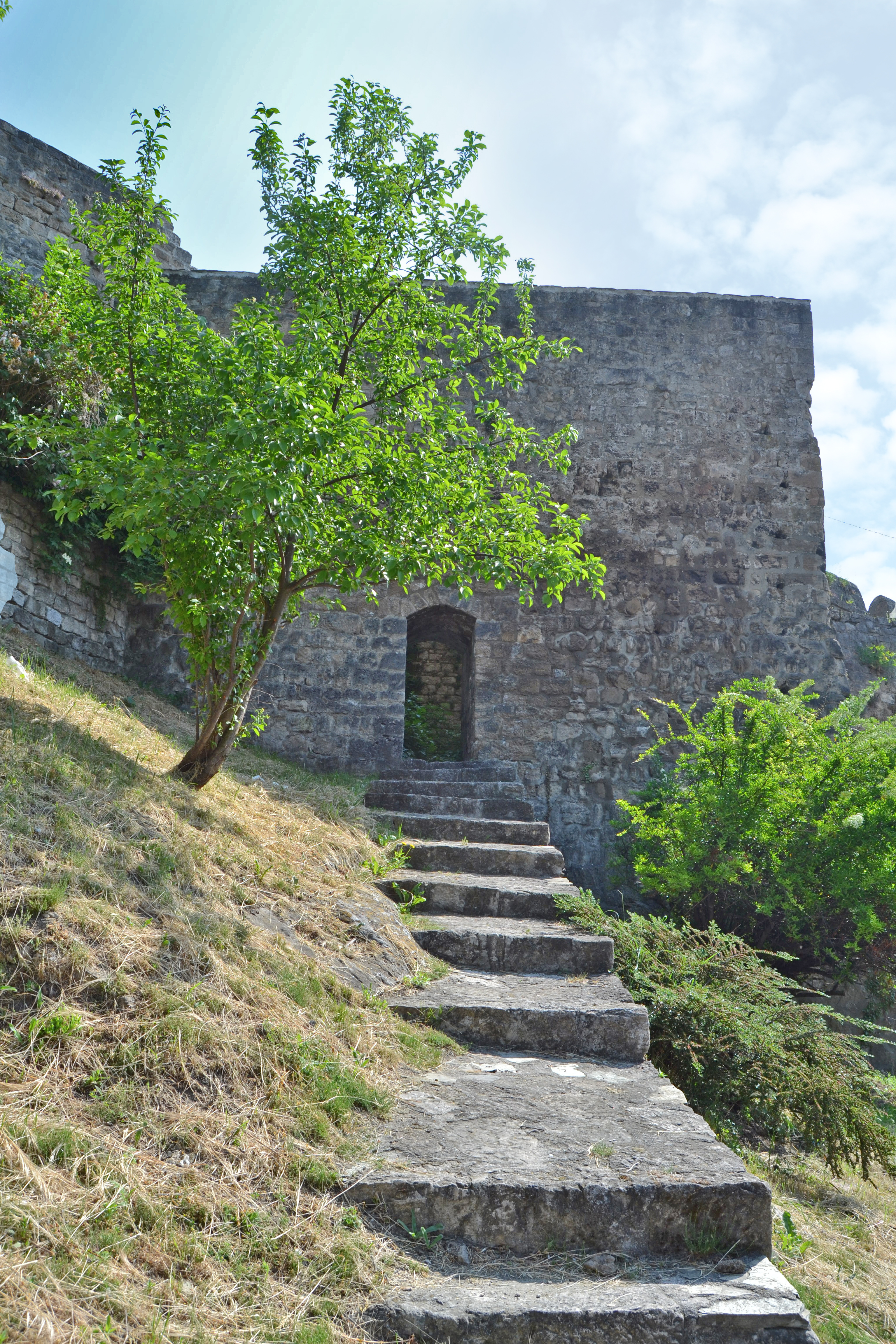
As a sign of remembrance of the Croatian defenders who died during the war from 1992–1995, a monument was erected in the town center on 13 September 1995. The Croatian Defense Council (HVO) and Croatian Army (HV) liberated the royal town of Jajce after 1,049 days of occupation. Since then, September 13 is celebrated as the town’s day and its liberation. This is the place where wreaths are placed and candles have been traditionally lit traditionally for 20 successive years.

After the presentation of these monuments, we hope you will come to Jajce and see its true value.



